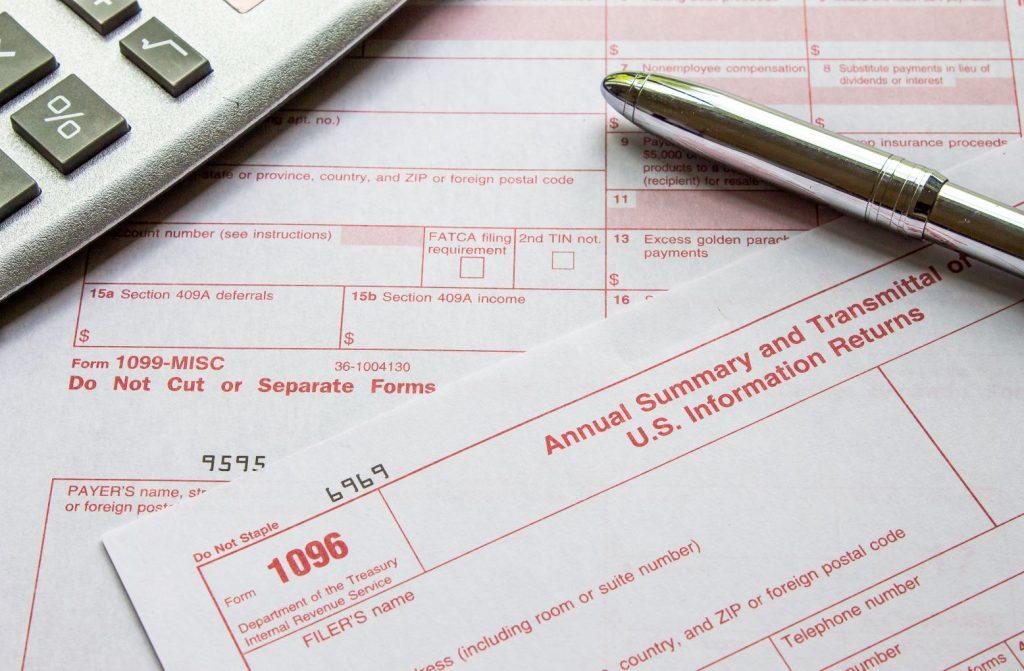Navigating Tax Reporting: A Comprehensive Guide to 1099 and 1096 Processing and Preparation

Introduction
Tax season is a critical time for businesses, and understanding the intricacies of tax reporting is essential to ensure compliance with regulations and avoid potential penalties. Two key forms that businesses need to be familiar with are 1099 and 1096. In this article, we will provide a comprehensive guide to 1099 and 1096 processing and preparation, shedding light on their significance, requirements, and best practices.
Understanding the 1099 Form: The 1099 form is used to report various types of income received by individuals or entities other than regular salary or wages. This includes income from freelance work, contract services, rental income, and more. It is crucial for businesses to accurately report these payments to the Internal Revenue Service (IRS) and provide payees with the necessary information to file their own tax returns.
- Who Issues 1099 Forms: Businesses and individuals who make payments to freelancers, contractors, or service providers totaling $600 or more within a tax year are required to issue a 1099 form.
- Types of 1099 Forms: Different types of income are reported on specific 1099 forms. Some common types include:
- 1099-MISC: Miscellaneous income
- 1099-INT: Interest income
- 1099-DIV: Dividend income
- 1099-R: Distributions from pensions, annuities, retirement plans, etc.
- Collecting Information: Businesses must collect certain information from the payee, including their name, address, and taxpayer identification number (TIN), which is typically their Social Security Number (SSN) or Employer Identification Number (EIN).
- Filing Deadlines: The deadline for furnishing 1099 forms to recipients is usually January 31st. The deadline for filing paper copies with the IRS is also January 31st, while electronic filing has a deadline of March 31st.
Understanding the 1096 Form: The 1096 form, often referred to as the Annual Summary and Transmittal of U.S. Information Returns, is a summary document that accompanies the 1099 forms submitted to the IRS. It provides an overview of the total payments reported on all associated 1099 forms.
- Compilation of Data: The 1096 form requires businesses to consolidate the data from all the 1099 forms they have issued. This includes the total amount of payments and the total number of forms issued.
- Filing Deadline: The deadline for filing the 1096 form, along with the associated 1099 forms, is typically February 28th if filing on paper or March 31st if filing electronically.
Best Practices for 1099 and 1096 Processing and Preparation:
- Maintain Accurate Records: Keep meticulous records of payments made and ensure that all payees’ information is accurate and up to date.
- Use Reliable Software: Utilize reputable accounting or tax software to assist with the preparation, filing, and submission of 1099 and 1096 forms.
- Double-Check Information: Review all forms and information before submission to avoid errors that could lead to penalties or delays.
- Stay Updated on Regulations: Be aware of any changes in tax laws or reporting requirements that may impact the processing of 1099 and 1096 forms.
Conclusion
Navigating the intricacies of 1099 and 1096 processing and preparation is a crucial aspect of responsible tax management for businesses. By understanding the purpose of these forms, collecting accurate information, and adhering to filing deadlines, businesses can ensure compliance with IRS regulations and maintain the integrity of their financial reporting. As tax season approaches, embracing these best practices will help businesses smoothly navigate the complexities of tax reporting and contribute to their overall financial well-being.
Bonnie Rose
Sign up for valuable resources, insightful articles and expert advice on bookkeeping and consulting topics to help your business thrive and succeed.
